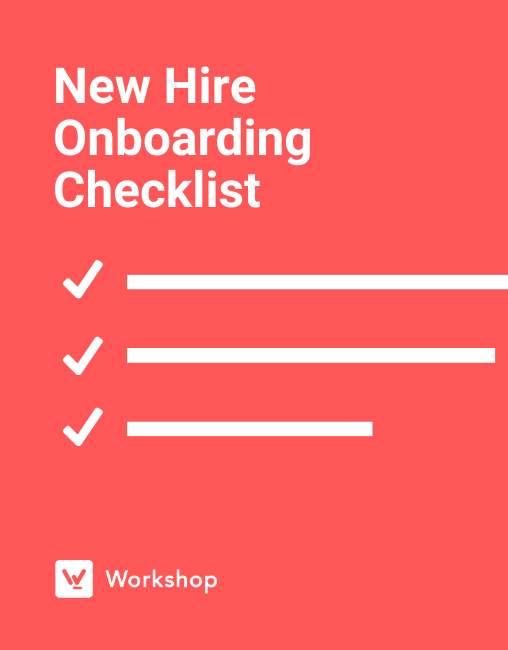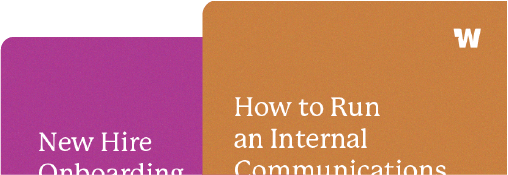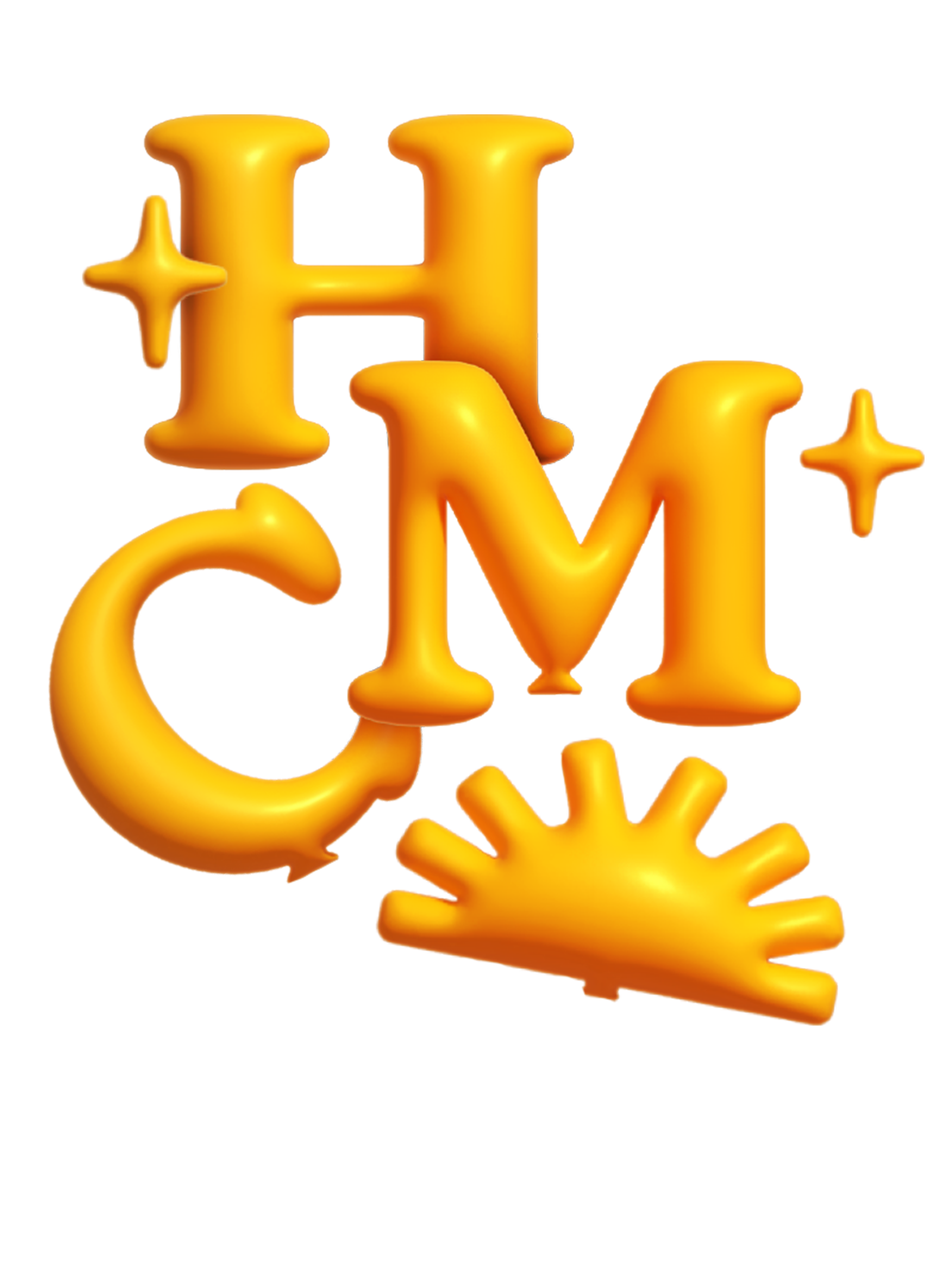How Dyson creates an exceptional new hire onboarding experience
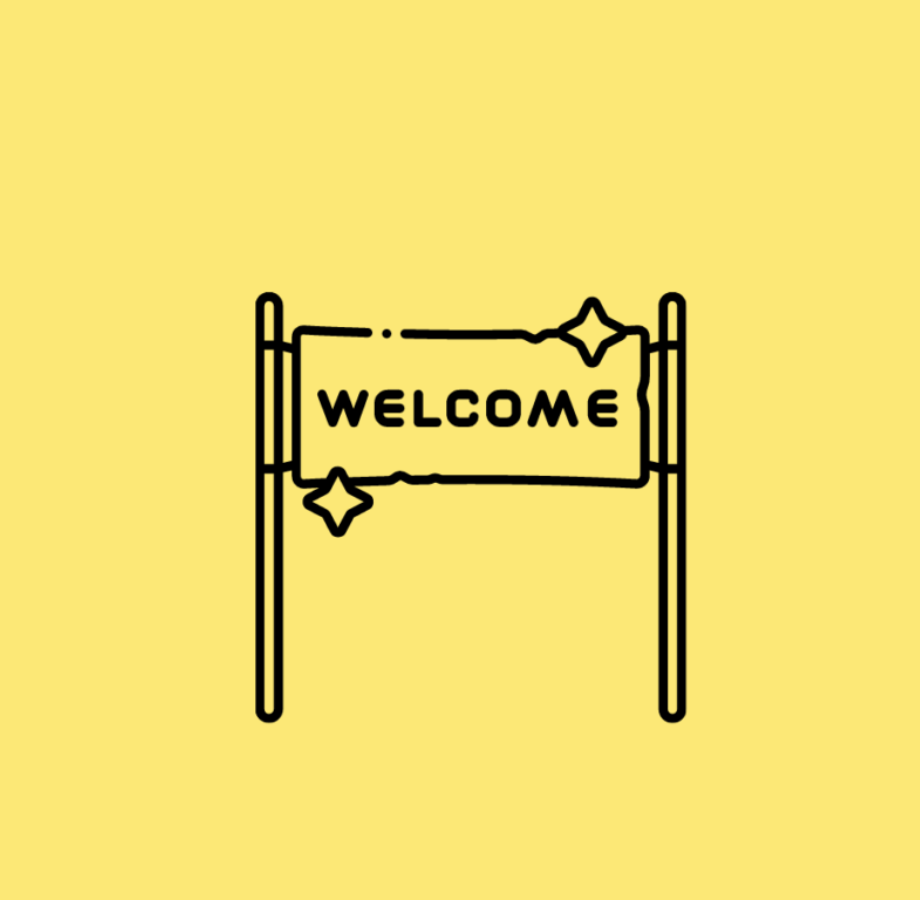
Outside of the interview process, onboarding is one of the first and most important experiences your employees will have with the company. Onboarding has the potential to reiterate their decision to come work for you…or make the employee question their decision altogether.
Making new hire onboarding an intentional part of your employee experience is key to setting proper expectations and retaining your employees. According to a study by the Brandon Hall Group, great employee onboarding can improve employee retention by 82%.
We recently had the opportunity to interview Jacqueline Austin, Senior Training and Onboarding Manager at Dyson, for her expert advice on how to make new employee onboarding an exceptional experience.
On how onboarding evolved since the pandemic began…
One of the things Jacquie’s team always does before the first day is sending a welcome email to each new employee. This allows them to ask questions and get to know who they are going to be working with during the first week. She also recommends continuous check-ins as opposed to a traditional 30-, 60- and 90-day schedule.
When the pandemic started, Jacquie and her team surveyed and found that 32% of their employees felt isolated, so they took measures to make people feel more connected. Casual conversations that would normally happen in the lunch room or breakroom went digital.
They launched two digital initiatives; “Tea with Training,” which gave new hires a forum to ask questions from the training team, and a new hire newsletter, which features new hires and small features (such as work from home tips, healthy recipes and much more).

On ways a company can make onboarding an exceptional experience…
Jacquie finds that employees want full disclosure and they want to know how to do their job successfully. She highly recommends finding things that make your employees unique and embracing that, which also goes along with having a diverse and inclusive team. She takes efforts to regularly personalize their experience and recognize their accomplishments.
Jacquie also recommends having a career development center with self-paced learning mixed in with some face-to-face training. Gamification and VR options have been really popular and much more engaging than watching webinars. She’s also a big proponent of helping employees engage in what they call “mission roles.” This is an opportunity for employees to job shadow or participate in other roles that they are interested in.
On how you can measure the effectiveness of an onboarding program…
Jacquie has three recommendations for measuring effectiveness:
- Surveys & exit interviews are a great way to find out what employees are struggling with and what areas to focus on.
- Compare new hire knowledge to tenured employee knowledge through training initiatives.
- At Dyson, they do employee 360 feedback every 3 months in addition to 1:1’s

On unique considerations to consider when onboarding frontline employees
Jacquie says that communication is key to making their first day memorable. They also feel that their frontline workers are the most important because they interface directly with owners (Dyson refers to customers as owners!). Some other tips that Jacquie employs with frontline workers; keep a structured schedule for the first three months to give some consistency, make work/life balance a priority for them, keep paperwork minimal by digitizing as much as you can, and create a smooth transition from training to full time job roles.
Dyson has a period in between training and going full time into your job, this period is called the “nesting pod” and allows call center agents to be on the phones for 50% of the time and use the remaining 50% of their work day to review calls, take notes, and work on improving their skills.
(We loved this idea and think it’s a great way to transition people into their full time positions after training!)

On advice for companies who are just starting out with an onboarding program…
Jacquie says your current employees can provide a ton of feedback to help make sure you’re focusing on the right things for new hire onboarding. Do an anonymous survey with them to get feedback on what areas they struggled with when first starting their jobs.
On the communication cadence & tools she recommends when onboarding…
At Dyson, they use a multi-channel approach of MS Teams for real-time questions (that can be answered by multiple members of leadership). They use SharePoint for more visual information such as pictures of machines included to walk through troubleshooting steps. And email is used for more important announcements.
They did find that training employees on how to use Outlook helped get their adoption up on email. For some frontline workers, they may be used to Gmail or Yahoo, and Outlook can be a little intimidating at first. Keep this in mind when sending email communications and build in Outlook training as part of your new hire onboarding if necessary.
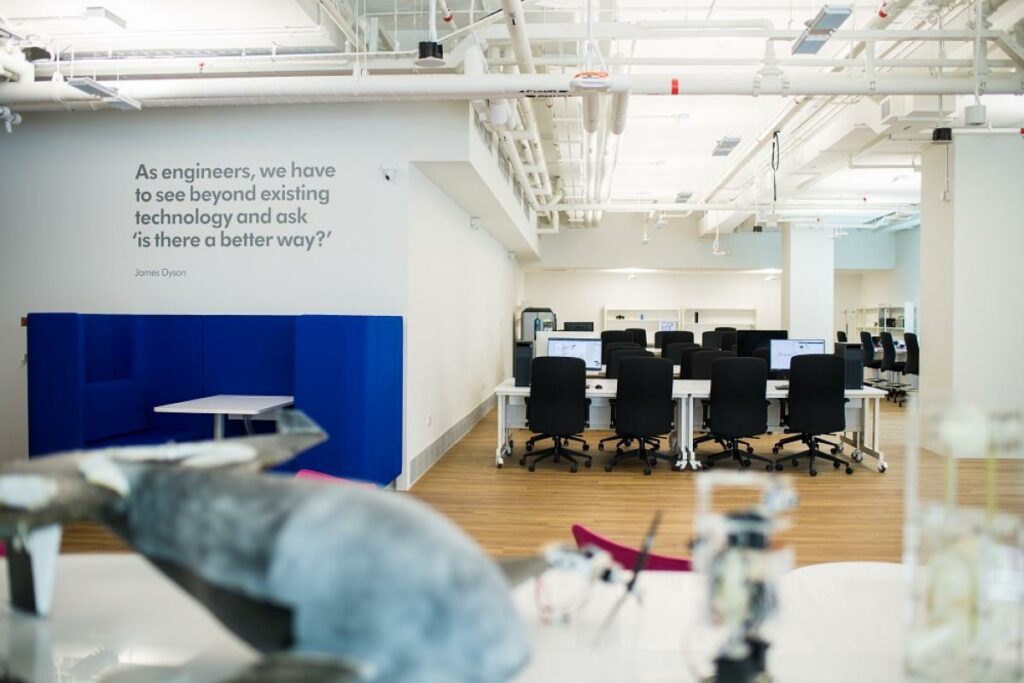
On the idea of “re-onboarding” employees…
Overall, Jacquie thinks this is a fantastic idea and that we can fall into the trap of making assumptions about what current employees know and don’t know. As the company changes and as our work environments change, we need to make sure these employees are informed and armed to do their jobs.
Her best piece of advice…
Jacquie’s final piece of advice was to make sure employees know they play an important role in the company.
Onboarding is so much more than just paperwork and process, it’s an opportunity to connect with employees and instill cultural values of the organization. Workshop’s onboarding checklist includes all the steps for a great foundational onboarding experience before, during and after. You can download a copy for free here – New Hire Onboarding Checklist
